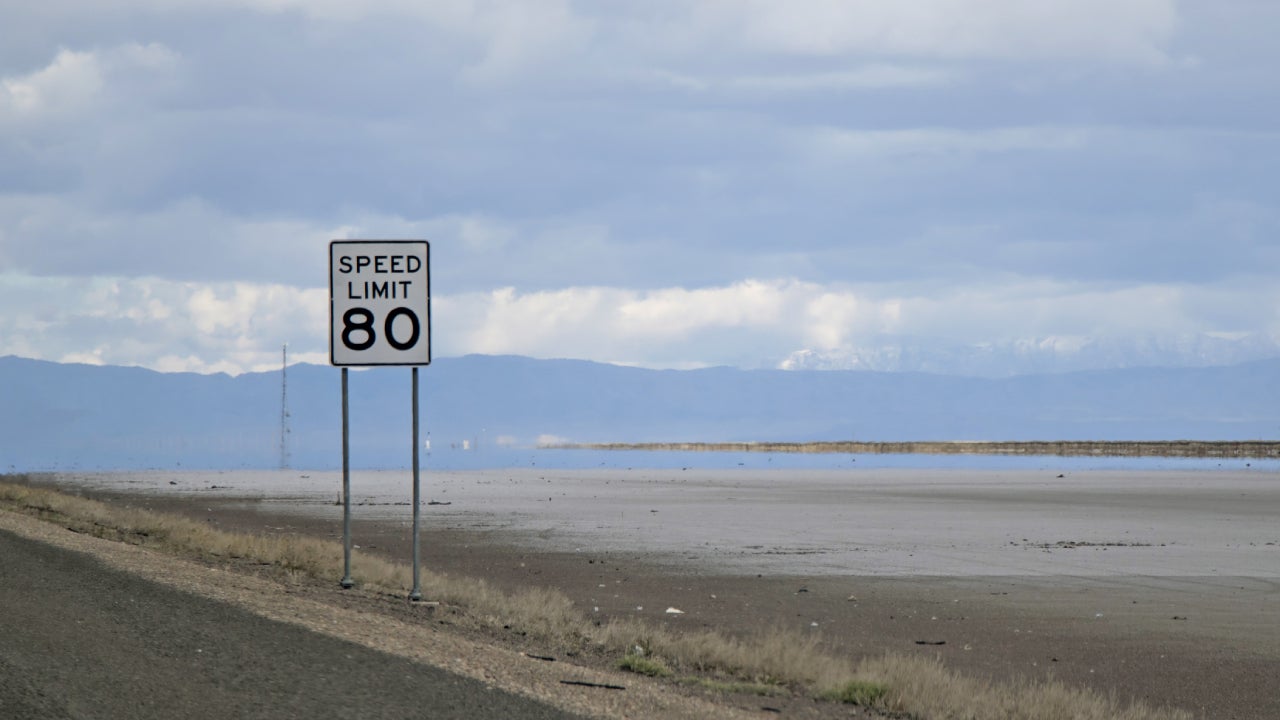Car insurance after a hit-and-run in Nevada

Key takeaways
- Nevada state law requires all drivers involved in a collision to stop and share aid and information.
- At-fault drivers are responsible for paying out damages as a result of the accident.
- Drivers are not required by the state to carry uninsured motorist coverage.
- If you’re hit by an uninsured driver and you have comprehensive coverage, you can file a claim with your insurance company.
Hit-and-runs in Nevada
If you are a Nevada driver, it can be a good idea to review what happens in a hit-and-run accident so that you are prepared if you are ever involved in one. In a Nevada hit-and-run, state laws kick in to protect the victim and penalize the at-fault driver. Whether you cause a hit-and-run or are the victim of one, there may be implications for your car insurance premium.
A hit-and-run accident is a collision where the at-fault driver leaves the scene rather than stopping to exchange insurance information. Hit-and-run accidents are surprisingly common. The AAA Foundation for Traffic Safety reports that Nevada had 32 hit-and-run accidents involving a fatality in 2016, the most recent year with available data. This represents one of the highest per-capita ratios in the nation.
Hit-and-run laws in Nevada
Hit-and-run Nevada laws are fairly straightforward. According to the Nevada hit-and-run statute, all drivers have a duty to stop at the scene of a crash in which they were involved and render both aid and information. If a driver is involved in an accident where injury or death occurred and did not stop, that driver could be charged with a class B felony. Penalties for this involve a state prison sentence of two to twenty years and a fine between $2,000 and $5,000. Nevada drivers who are involved in vehicle or property damage accidents and who do not stop may be guilty of misdemeanors.
In Nevada, the at-fault driver is responsible for compensating the other driver for their damages and injuries. However, drivers in Nevada are not required to carry uninsured motorist coverage, which could help pay for your damages if you’ve been hit by an uninsured driver. Drivers with full coverage insurance might be able to use their collision coverage to pay for the damages from a hit-and-run, but a deductible may apply.
How does a hit-and-run affect car insurance in Nevada?
After a Nevada hit-and-run, your car insurance rates may be affected. Anytime you file a claim with your insurance company — even if you aren’t at fault — it could affect your premium. While a not-at-fault loss shouldn’t generate a surcharge against you, it might mean you lose a claims-free discount, if you previously had one on your policy. If you cause a hit-and-run, are found and file an insurance claim, your insurance rates could go up even more.
To help you get an idea of how much you might pay, consider how much an at-fault accident raises your rates. In Nevada, drivers pay an average of $4,906 per year for a full coverage policy (and $1,626 per year for minimum coverage) after an at-fault accident, which is 38 percent and 42 percent more than the state average, respectively.
The actual amount that your premium could increase may vary based on a number of factors, including the severity of the accident and your insurance company. Your prior driving history could also impact a potential surcharge, especially if you are at fault for the accident. If you have incidents on your driving record already, another at-fault loss could cause you to be deemed a high-risk driver.
What to do after a hit-and-run in Nevada
Getting into a hit-and-run in Nevada can be jarring, but understanding what steps to take can make it easier to get the help and financial assistance you need. If you are hit by another driver and they do not stop, follow these steps:
- Call for medical aid: If you, your passengers or anyone else is injured, call for medical aid immediately.
- Note identifying information about the at-fault party: If you are not injured and are able to see the at-fault party, take note of any identifying features, such as the make and model of the vehicle, the color, any standout features, and a full or partial license plate number. This information might help the police find the perpetrator.
- Move out of the flow of traffic: If your vehicle is drivable and you’re physically safe to drive, move out of the flow of traffic. This can help lessen the risk of further damage happening to your or your vehicle.
- Call the police: The police will file a report which you can share with your insurance company. An official report may also prompt the police to look for the at-fault driver.
- Document the damage: At the scene, take photos and videos of the damage to your vehicle. If you are injured and need medical attention, keep your treatment records.
- Notify your insurance company: The last step is to notify your insurance company of the incident. An agent should be able to help you start the claim process, or you may be able to start it online. Be prepared to share the photo evidence, police report and your medical records to help the adjuster determine how much compensation you should receive.
Frequently asked questions
Methodology
Bankrate utilizes Quadrant Information Services to analyze January 2025 rates for all ZIP codes and carriers in all 50 states and Washington, D.C. Rates are weighted based on the population density in each geographic region. Quoted rates are based on a single, 40-year-old male and female driver with a clean driving record, good credit and the following full coverage limits:
- $100,000 bodily injury liability per person
- $300,000 bodily injury liability per accident
- $50,000 property damage liability per accident
- $100,000 uninsured motorist bodily injury per person
- $300,000 uninsured motorist bodily injury per accident
- $500 collision deductible
- $500 comprehensive deductible
To determine minimum coverage limits, Bankrate used minimum coverage that meets each state’s requirements. Our base profile drivers own a 2023 Toyota Camry, commute five days a week and drive 12,000 miles annually.
These are sample rates and should only be used for comparative purposes.
Incidents: Rates were calculated by evaluating our base profile with the following incidents applied: clean record (base), at-fault accident




